Sewing is a valuable skill that has been passed down through generations. From simple hand stitching to complex machine sewing, it requires the use of various tools to create beautiful and functional pieces. Whether you are a beginner or an experienced sewer, having a good understanding of the different sewing tools and their functions is essential for achieving professional results.
1. Sewing Machine
The sewing machine is the most essential tool for any sewing project. It is a mechanical or computerized device that makes the process of stitching fabrics easier and faster. The most basic function of a sewing machine is to create a stitch by joining two pieces of fabric together. Depending on the type of sewing machine, it can also have additional functions such as embroidery, buttonholes, and zigzag stitches. With the advancement of technology, there are now various types of sewing machines available in the market, each with its own unique set of features.
2. Scissors
A pair of good quality sewing scissors is a must-have for any sewer. It is used to cut fabric, thread, and other materials with precision. The two main types of scissors used in sewing are the dressmaker scissors and the embroidery scissors. Dressmaker scissors are longer and heavier, designed to cut through multiple layers of fabric, while embroidery scissors have a smaller, finer tip for cutting intricate details. It is essential to keep your sewing scissors separate from your regular scissors to maintain their sharpness and prevent any damage to your fabric.
3. Seam Ripper
As much as we try to avoid it, mistakes happen in sewing. A seam ripper is a small, pointed tool that is used to remove unwanted stitches and seams. It has a small blade with a sharp hook that easily cuts through the thread without damaging the fabric. It is a handy tool to have on hand when you need to make corrections without having to start the whole project from scratch.
4. Measuring Tools
Accuracy is crucial in sewing, which is why measuring tools are essential. Measuring tapes, rulers, and gauges are used to take accurate measurements and ensure that your seams, hems, and other details are in the correct place. A sewing gauge is a handy tool for marking seam allowances and buttonhole placements on fabric. A measuring tape is used for measuring larger areas, while a ruler is useful for precise measurements and straight lines.
5. Pins And Needles
Another essential set of tools in sewing are pins and needles. Pins are used to hold fabrics together before stitching, preventing any slipping or shifting. They come in different sizes and varieties, from simple straight pins to ballpoint pins for knit fabrics. Needles, on the other hand, are used to sew the fabric together. Hand sewing needles come in various sizes and have different uses depending on the fabric type. A needle threader is also a helpful tool for threading the needle, especially for those with poor eyesight.
6. Pressing Tools
Pressing tools are used to give your sewing project a professional finish. A steam iron is an essential pressing tool that helps to flatten fabric, set creases, and remove any wrinkles from the fabric. A tailor’s ham, a padded surface in the shape of a ham, is used to press curved seams, while a sleeve roll is used for pressing sleeve seams. A pressing cloth is also recommended to protect delicate fabrics from the high heat of the iron.
In conclusion, having the right sewing tools and understanding their functions is crucial for a successful sewing project. These tools not only help to create a beautiful end product but also make the process of sewing more efficient and enjoyable. With practice and knowledge of these tools, you can elevate your sewing skills to the next level and create stunning pieces of clothing and other items.
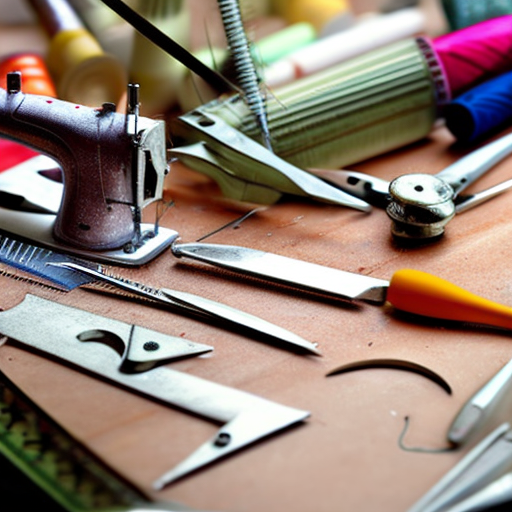
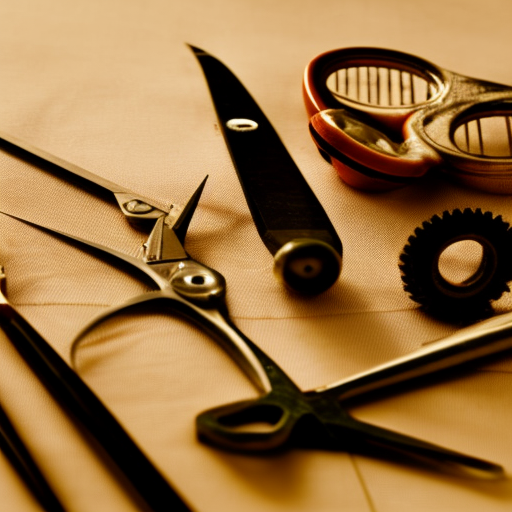
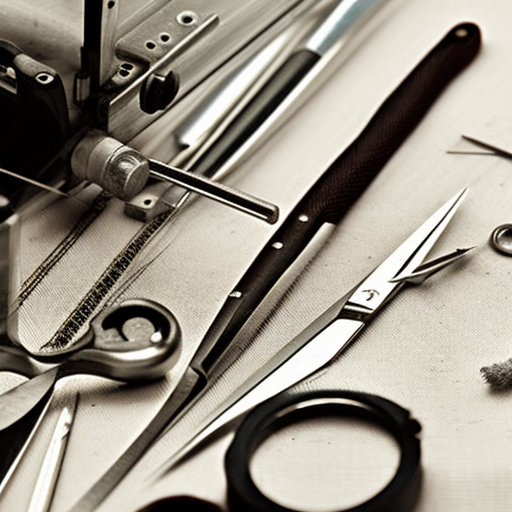
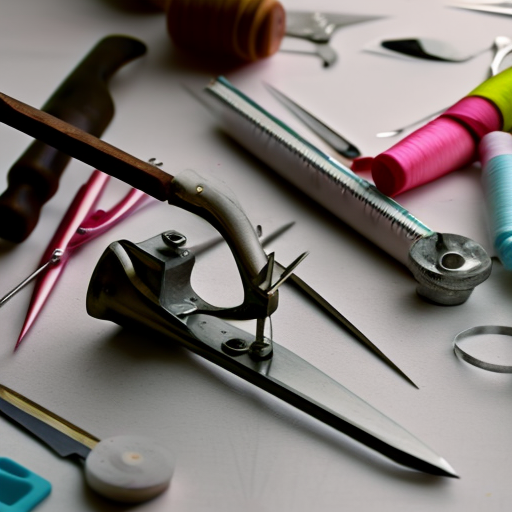
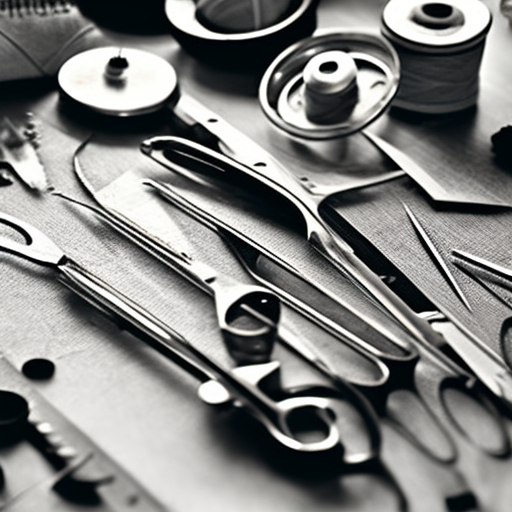
Essential for any DIY project! Great post, I’m excited to learn more about these tools and their functions!
This post has everything you need to know about the various sewing tools and their uses–very informative!
Impressive post! This will come in handy when I’m trying to finish up my next project.
A great resource for anyone looking to stay up to date on sewing tools and their different functions–thoroughly informative!